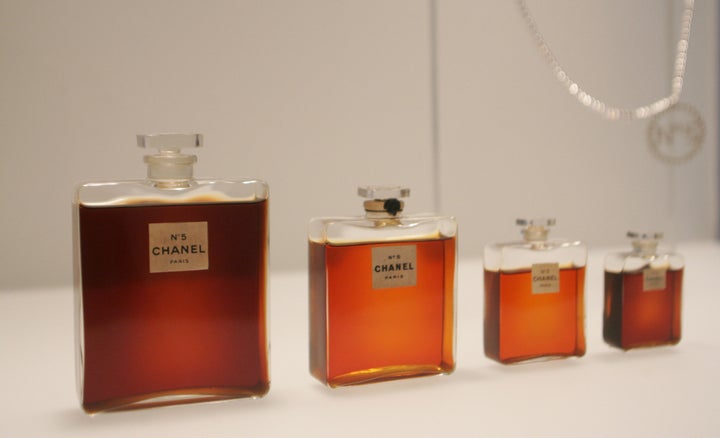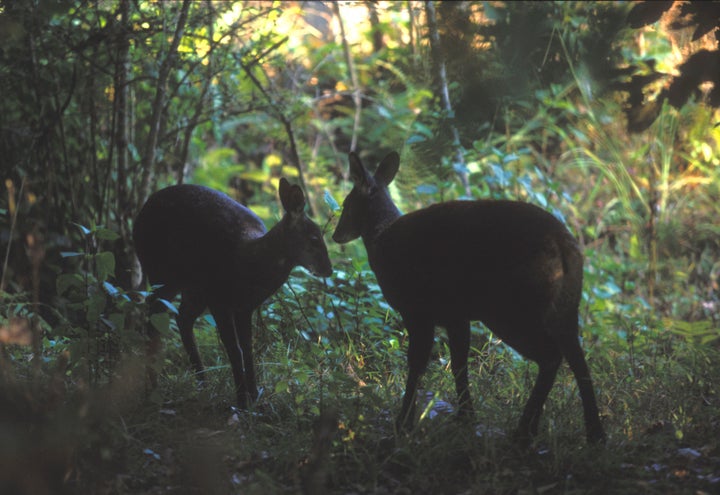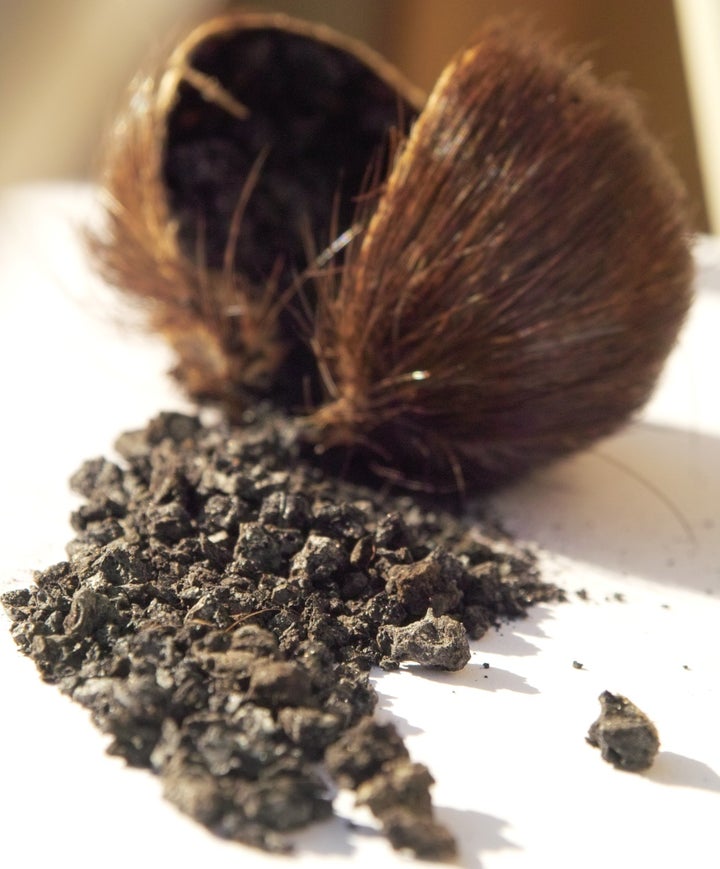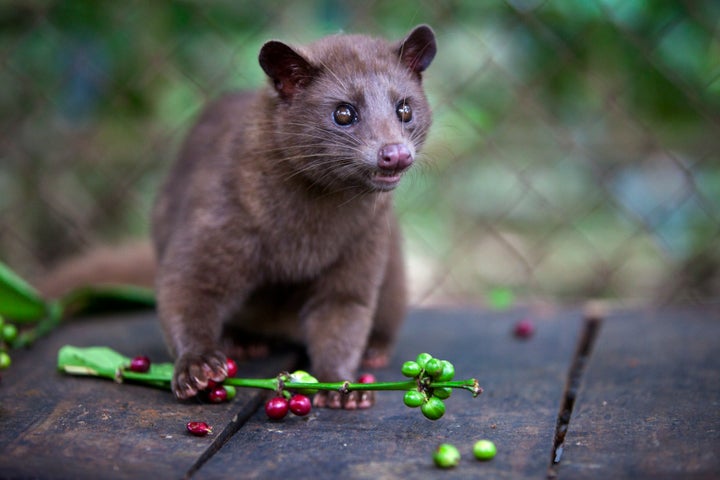
Musk is just about everywhere, but do you truly understand what it is? You might do a double take once you know its origin.
From Chanel No. 5 to Axe, the compound is used in nearly everything that you can spray onto your body. Its complex structure provides some heavy notes while keeping a fragrance's lighter notes from evaporating too quickly.
But its origin is a bit less glamorous. Without going too far into the woods here, musk was originally an animal secretion that smells like urine. In the earliest days of making musk, the musk was processed -- stripped, dried and soaked in ethanol -- to end up smelling more like a humid afternoon doing laundry in the forest: sweaty, wooly and lightly sweet.
"Musks sometimes smell very fruity, sometimes floral. Always soft," said Will Andrews, a principal scientist at P&G Prestige, an arm of Proctor and Gamble that designs perfumes for labels such as Hugo Boss, Dolce & Gabbana and Gucci. "They are a paradox as far as these things go. They’re very heavy, that’s why they hang around the forest. What they do in the population, they float like a feather. They allow ingredients to project off the skin while at the same time softening it."
But there's no need to worry about the commercial musk that you're wearing today. "These things are really highly unacceptable in today’s world and we don’t use animal derived ingredients at all anymore," said Andrews.
But here's a little more background about where musk originated, for curiosity's sake.
Musk came from a sack in front of a deer's penis:

Male musk deers, cute little guys with fangs instead of antlers who live in northern Asia and Europe (think Russia and Mongolia), mark their territory and mate by spraying from their musk gland, which is about the size of a golf ball and situated right in front of their penis.
When opened and dried, it looks like this:

Not to be confused with musk oxes or muskrats, which have other musky molecules, musk from the musk deer is the real thing. And it originally smells putrid. To render it you'll have to soak it in alcohol (vodka) for months or years. It's a lengthy process, and because only mature musk deers produce the gland, it's rare and expensive -- even more so these days as the deer have been protected by CITES since 1973 -- and perfumers have for many decades tried to perfect its synthetic replacement.
In the 1880s, while trying to make a more powerful form of dynamite, a scientist named Albert Baur synthesized a molecule that ended up smelling a lot like musk. It was used in perfumes until the 1950s when people realized the molecules didn't degrade and started building up in the environment.
So far, scientists haven't been able to find the perfect copy of the musk molecule, known as muscone, but they use synthetics such as galaxolide and versalide that have musky, woody properties, and a 2011 study found that musk deer could be farmed sustainably if farmed and bred responsibly.
We also get it from a paste secreted by this guy:

The civet, the same mammal that eats coffee beans without digesting them (making for a very expensive bag of coffee) is also a source of musky odor. A molecule called civetone is found in the buttery-yellow paste the civet secretes out of its perineal glands, and it smells, as perfumer Mandy Aftel writes, "fecal and nauseating, but when diluted it has a radiant, velvety, floral scent."
Don't you just want to rub your face in it?
And from vomit puked by a whale:

Ambergris (with the silent s) is a pretty name for a very unpretty, rare, somewhat mystifying and extremely valuable thing.
When a sperm whale, specifically a male, eats a squid, the squid's sharp beak will scratch up the whale's digestive tract, giving it a sort of indigestion. Scientists aren't totally sure, but they think the whale protects itself by surrounding the broken up beak parts in a fatty ball that the whale then discharges.
Fresh ambergris, if you want to call it that, smells like literal shit and is described as being black and "soft enough to be rolled into balls," Christopher Kemp, a molecular biologist and author of "Floating Gold, A Natural (& Unnatural) History of Ambergris," told National Geographic.
But over time, as the ambergris floats under the sun and oxidizes in the ocean, the soft black (lowest grade) ambergris hardens and turns to silver (the highest grade). Even weirder, it smells like "someone has been able to bottle the smell you get when you are a block away from the ocean and you are about to begin your vacation," Kemp said.
In other words, it smells like musk. But because not every sperm whale produces it (just the males, and predominantly in the southern hemisphere), this stuff goes for a pretty penny: In Europe in 2013, just a kilogram of ambergris would set you back $15,000.
Also on HuffPost: